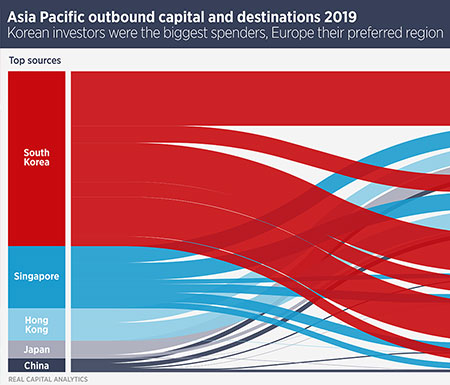
Asia’s green pragmatism
Questions of environmental sustainability are now uppermost in the minds of most institutional real estate investors.
There is a perception, however, that Asia lags behind in this regard (with ESG-conscious Australia and New Zealand as outliers) and China is often cited as a carbon and pollution villain. However, this viewpoint tends to disregard the challenges facing Asian nations.
Sweden, for example, tends to be found towards the top of sustainability rankings. However, it is a small prosperous nation with abundant natural resources, which allow it to produce half its energy needs from clean hydroelectric power. China, which has around a dozen cities with a greater population than Sweden, faces far more complex challenges.
It is not true that Asia is always behind the curve. An important aspect of the environmental movement has been the urge to focus on longer-term goals, rather than the instant gratification of quarterly growth. In this respect, both practically and culturally, Asia is way ahead.
Consider the UK’s decision to ban the sale of cars with petrol and hybrid engines from 2035, despite having not invested in the electricity generating capacity required to support such a move and when it has few capabilities with regard to alternative power sources. It is hard to imagine China, which has a growing electric car industry and which is investing heavily in hydrogen fuel cell technology, announcing such a policy.
Planners and designers in North America and Europe are increasingly focused on dense, transport-centred mixed-use development, which creates more dynamic urban areas and reduces car use. This type of development was pioneered in Asia and is an area where this region continues to innovate.
The governments of Asia’s developing nations are aware that poverty is a greater killer of mankind than carbon dioxide and thus will not be making policy decisions which threaten growth. Especially when their per capita emissions are lower than in the West.
Ironically, the emissions heavy infrastructure work carried out by China over the past decade or so will leave the nation with a network of modern transport assets which are more efficient than older networks in Europe and North America. This infrastructure will also drive future growth.
Real estate investors ought to be thinking about sustainability when making investments, but they should also be focusing on growth. The Asia Pacific region is unique in offering opportunities for both.
Further reading:
Savills APAC Research
Contact Us:
Simon Smith



